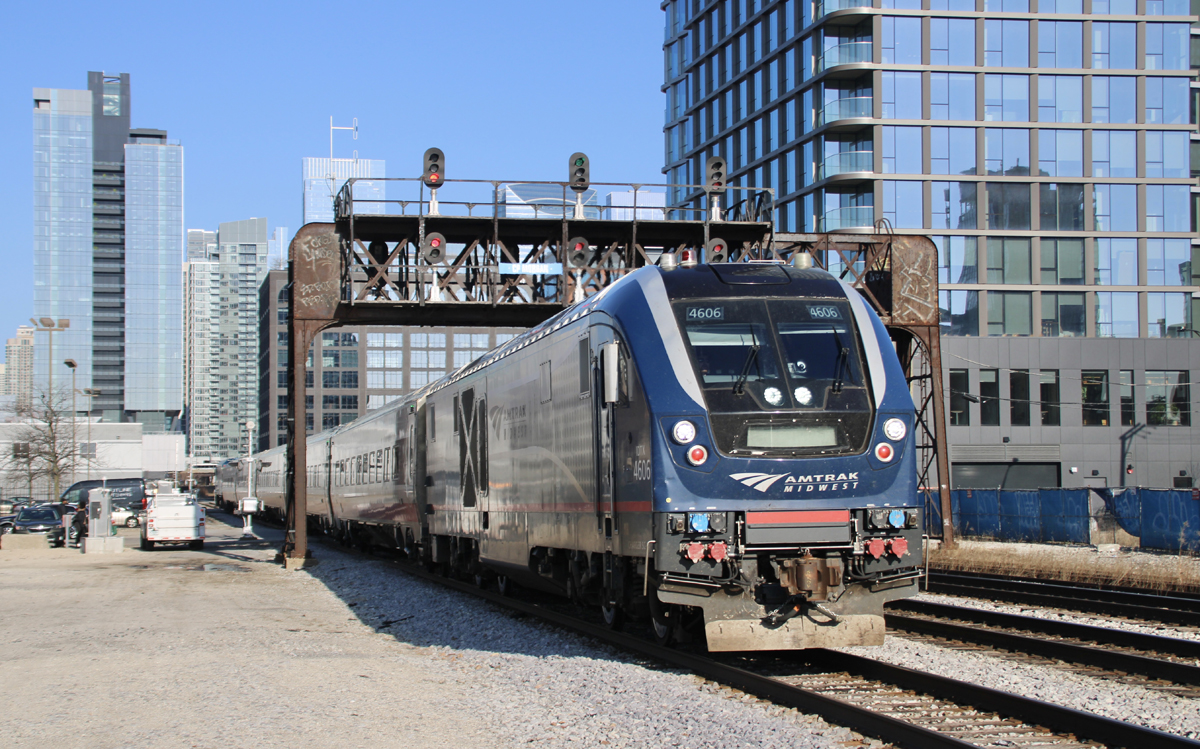
CHICAGO — Transportation relevance of Midwest passenger trains has been growing, according to a \policy brief released today by De Paul University’s Chaddick Institute of Metropolitan Development. But the document says that growth is set for a slowdown if states don’t step up investment in more capacity and frequencies.
Professor Joseph Schwieterman, who regularly follows regional transportation trends in general and intercity bus connectivity in particular, has authored a report based on data compiled by Chaddick Institute researchers over the last several months.
They found that Chicago hub Amtrak service is currently outperforming many U.S. regions in ridership growth, fueled by rising travel demand, the new Borealis service, and past station and track investments. Although traffic on state-supported trains will grow by an estimated 10% over the next two years, spurred by increases in demand and several new trains, capacity shortages are prevalent on key routes.
“We expect slower growth from 2028 to 2030 due to peak-period shortages of seats and the likely absence of significant service additions. Sold-out trains create pressure for state governments to acquire additional coaches, launch supplemental bus services, and pursue other strategies to leverage recent corridor upgrades,” the report suggests.
Its key findings:
— A significant upswing in Amtrak passenger traffic, sustained by financial support from five state governments, is underway. Driven by strong demand for regional travel, ongoing improvements to Chicago Union Station, and the introduction of the new Twin Cities train, the Chicago hub is outperforming peer regions.
— Chicago hub ridership is on pace to return to 2019 levels by late 2026. Growth will continue despite worsening capacity shortfalls.
Among the recommendations offered:
— State governments should redouble their efforts to facilitate capacity expansion on existing trains. This should include adding coaches on a relatively ambitious timetable. Although Wisconsin’s capacity will expand once it receives nine new Venture cars, reportedly to arrive in 2026, other states should place orders, joining the queue for new deliveries. Amtrak’s new Siemens-built Aero trainsets are not scheduled to be used in the region; they will be deployed on the Cascades in the Pacific Northwest and on Amtrak and state-supported services in the Northeast.
— Policymakers should leverage the potential of supplemental intercity bus service in coordination with Amtrak trains to expand the schedule options on routes where frequency or capacity is limited. Both the Chicago-St. Louis Lincoln Service and all three Michigan corridors have significant service gaps throughout the day because they don’t offer enough frequency. The Portland-Eugene, Ore., segment of the Cascades, for example, supplements three Amtrak round trips (including the Coast Starlight), with buses.
— State agencies should establish priorities to avoid elongating the timeline of service expansions.
An appendix with data from October 2024 through June 2025 compares Chicago Hub ridership and revenue with state-supported trains in other regions. Among the best performers, not surprisingly, are Virginia and North Carolina. Growth there has been fueled by additional round trips and, in Virginia’s case, aggressive pricing strategies to stimulate demand when extra capacity occurs.
Another table shows eye-popping Midwest pricing and sellouts for this coming Labor Day weekend, with data current as of 3 p.m. CDT on Wednesday, Aug. 27. Almost 100 departures are sold out.
The complete report is available on the Chaddick Institute’s website






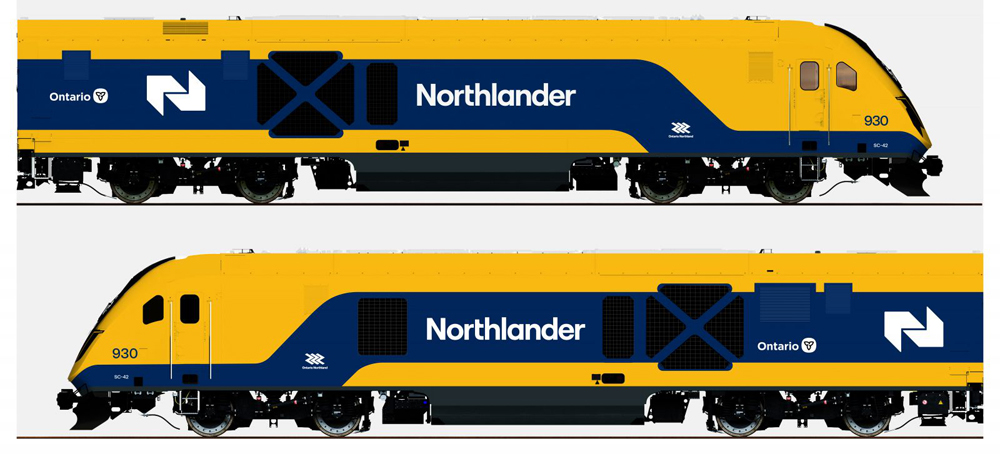

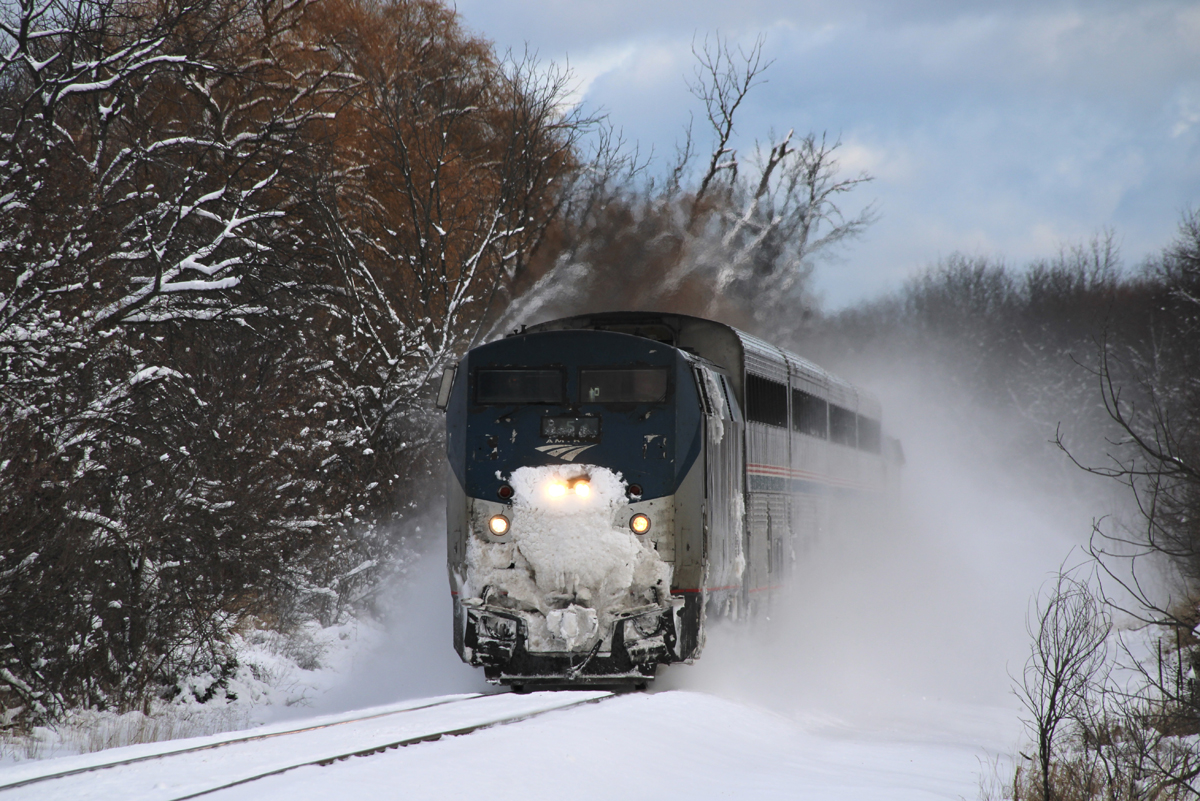

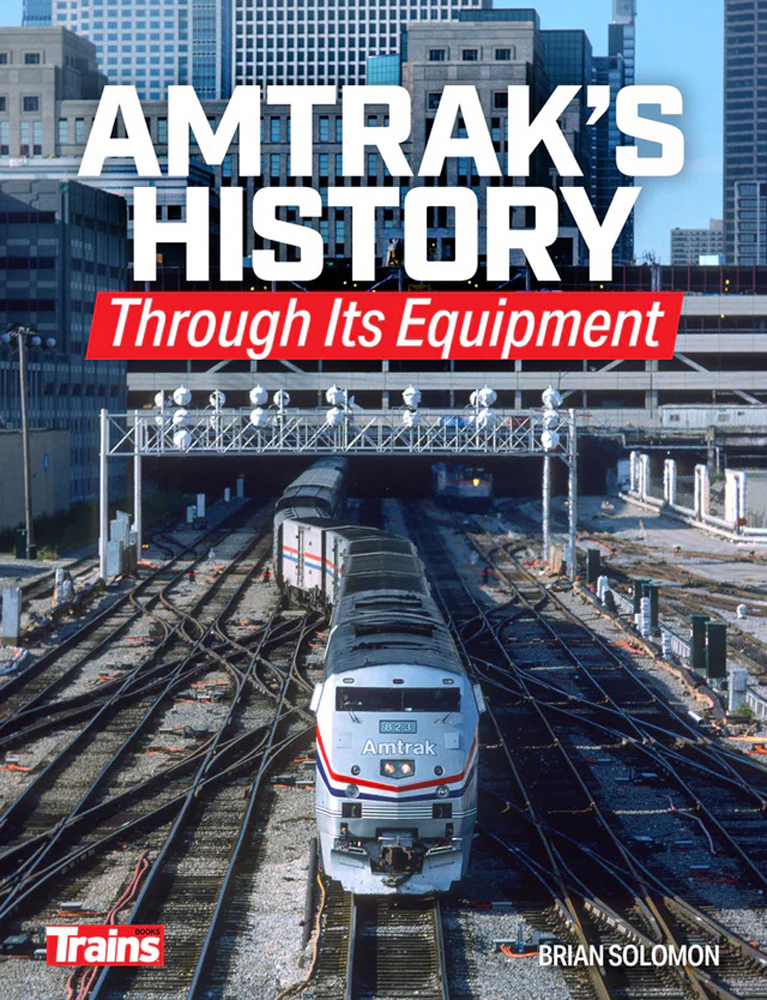
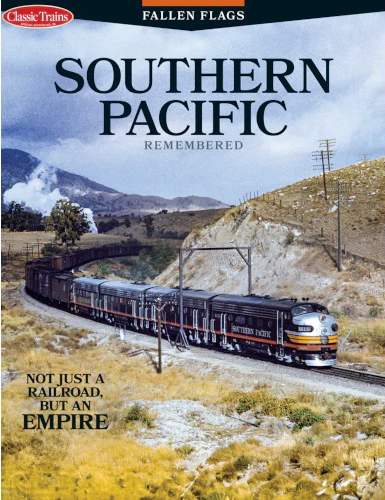

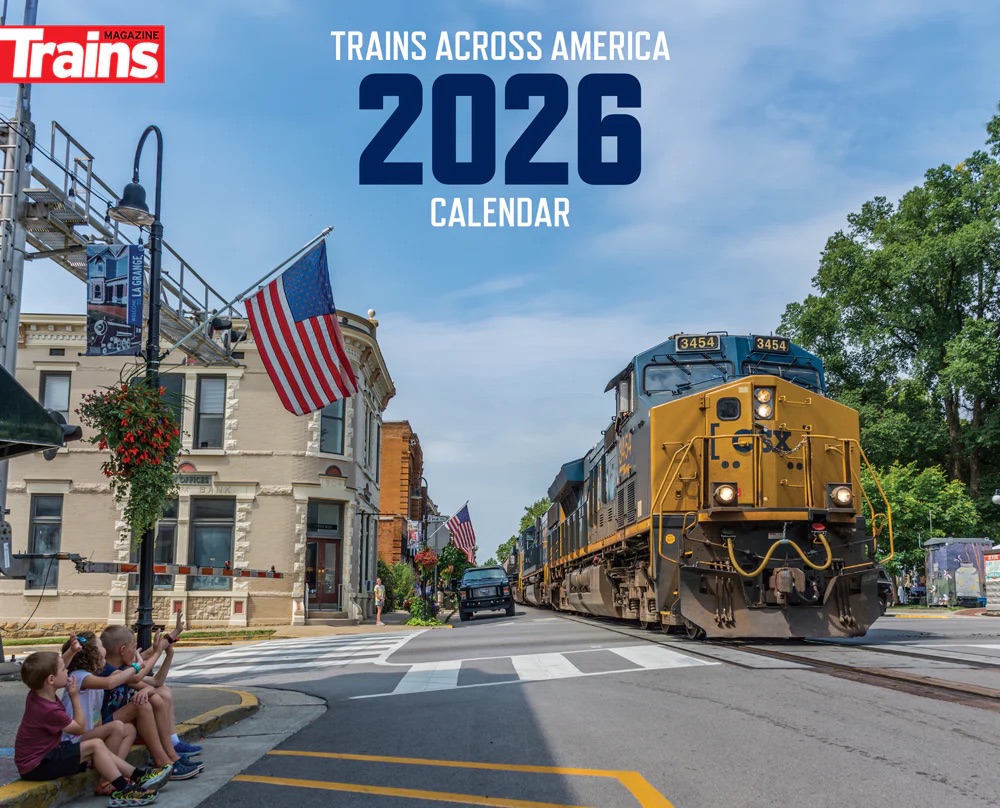
I’m within walking distance of the route of the Empire Builder and the Borealis. I’m within biking distance of the Hiawatha. So I’m not 1,000 miles away. I might ask, Matthew, exactly what are your getting at, and what point are you trying to make?
My expertise? My opinion? In the above paragraph I mentioned three Amtrak services, two of which are very high on the list of Amtrak’s best. And I ride them.
Also these trains connect at Chicago to other trains. Which is exactly what trains are supposed to do and why we have them.
Chicago Union Station isn’t the Garden of Eden. You can get food (or drinks) there, and it’s well patrolled by Amtrak police.